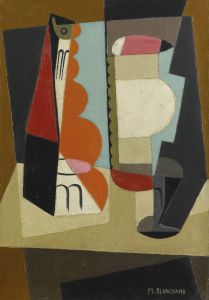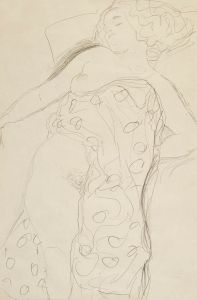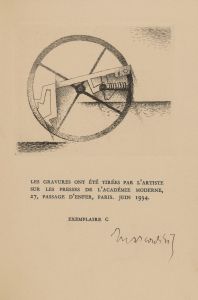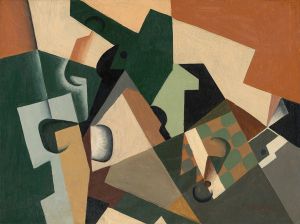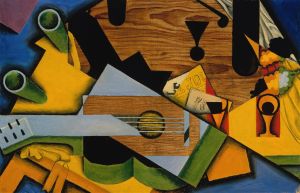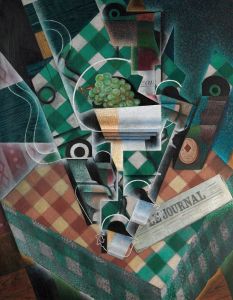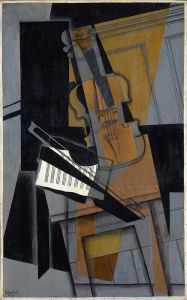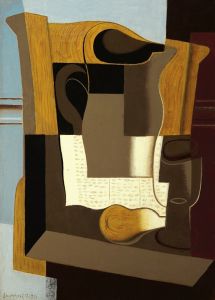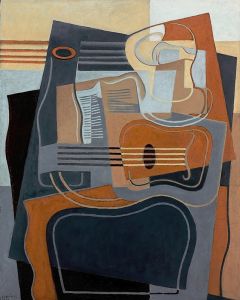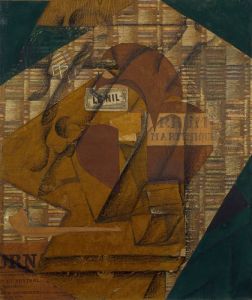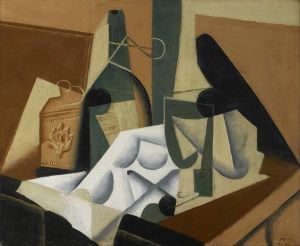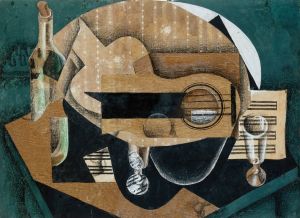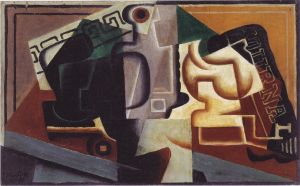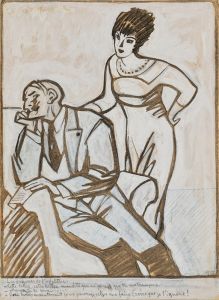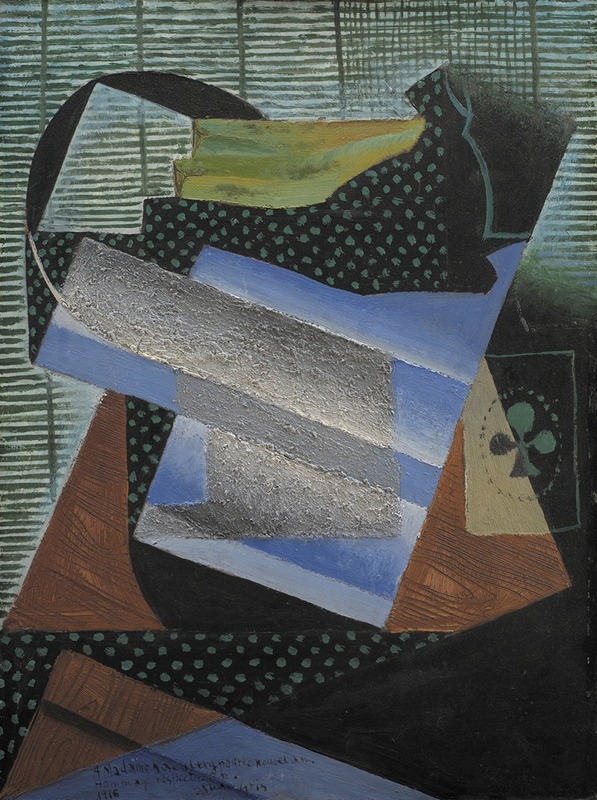
Still Life
A hand-painted replica of Juan Gris’s masterpiece Still Life, meticulously crafted by professional artists to capture the true essence of the original. Each piece is created with museum-quality canvas and rare mineral pigments, carefully painted by experienced artists with delicate brushstrokes and rich, layered colors to perfectly recreate the texture of the original artwork. Unlike machine-printed reproductions, this hand-painted version brings the painting to life, infused with the artist’s emotions and skill in every stroke. Whether for personal collection or home decoration, it instantly elevates the artistic atmosphere of any space.
"Still Life" is a painting by the Spanish artist Juan Gris, a prominent figure in the Cubist movement. Gris, born in Madrid in 1887, moved to Paris in 1906, where he became associated with leading avant-garde artists, including Pablo Picasso and Georges Braque. His work is characterized by a distinctive approach to Cubism, marked by a more structured and geometric style compared to his contemporaries.
"Still Life" was created in 1913, during a period when Gris was fully immersed in the Cubist movement. This painting exemplifies his mature style, where he meticulously arranges everyday objects into complex compositions. Gris's still lifes often feature items such as bottles, newspapers, musical instruments, and fruit, rendered in a fragmented and abstract manner that challenges traditional perspectives.
In "Still Life," Gris employs a palette of muted colors, including shades of brown, gray, and blue, which contribute to the painting's harmonious and balanced appearance. The composition is carefully constructed, with overlapping planes and interlocking shapes that create a sense of depth and dimensionality. Gris's use of color and form demonstrates his interest in the interplay between reality and abstraction, a hallmark of Cubist art.
One of the notable aspects of Gris's work is his use of collage-like elements, where he incorporates different textures and materials into his paintings. In "Still Life," this technique is evident in the way he simulates the appearance of wood grain, newspaper print, and other surfaces, adding a tactile quality to the visual experience. This approach reflects Gris's fascination with the materiality of objects and their representation in art.
Gris's contribution to Cubism is significant, as he brought a sense of order and clarity to the movement. His methodical approach to composition and his emphasis on structure influenced the development of Cubist aesthetics. Unlike Picasso and Braque, who often employed a more spontaneous and fragmented style, Gris's work is characterized by its precision and coherence.
"Still Life" is housed in various collections around the world, including major museums and private collections. Gris's paintings are celebrated for their innovative approach to form and composition, and they continue to be studied and admired for their contribution to modern art.
Juan Gris passed away in 1927, but his legacy endures through his influential body of work. "Still Life" remains a testament to his skill and creativity, exemplifying the principles of Cubism while showcasing his unique artistic vision. Through his meticulous and thoughtful compositions, Gris has secured his place as one of the key figures in the history of modern art.





